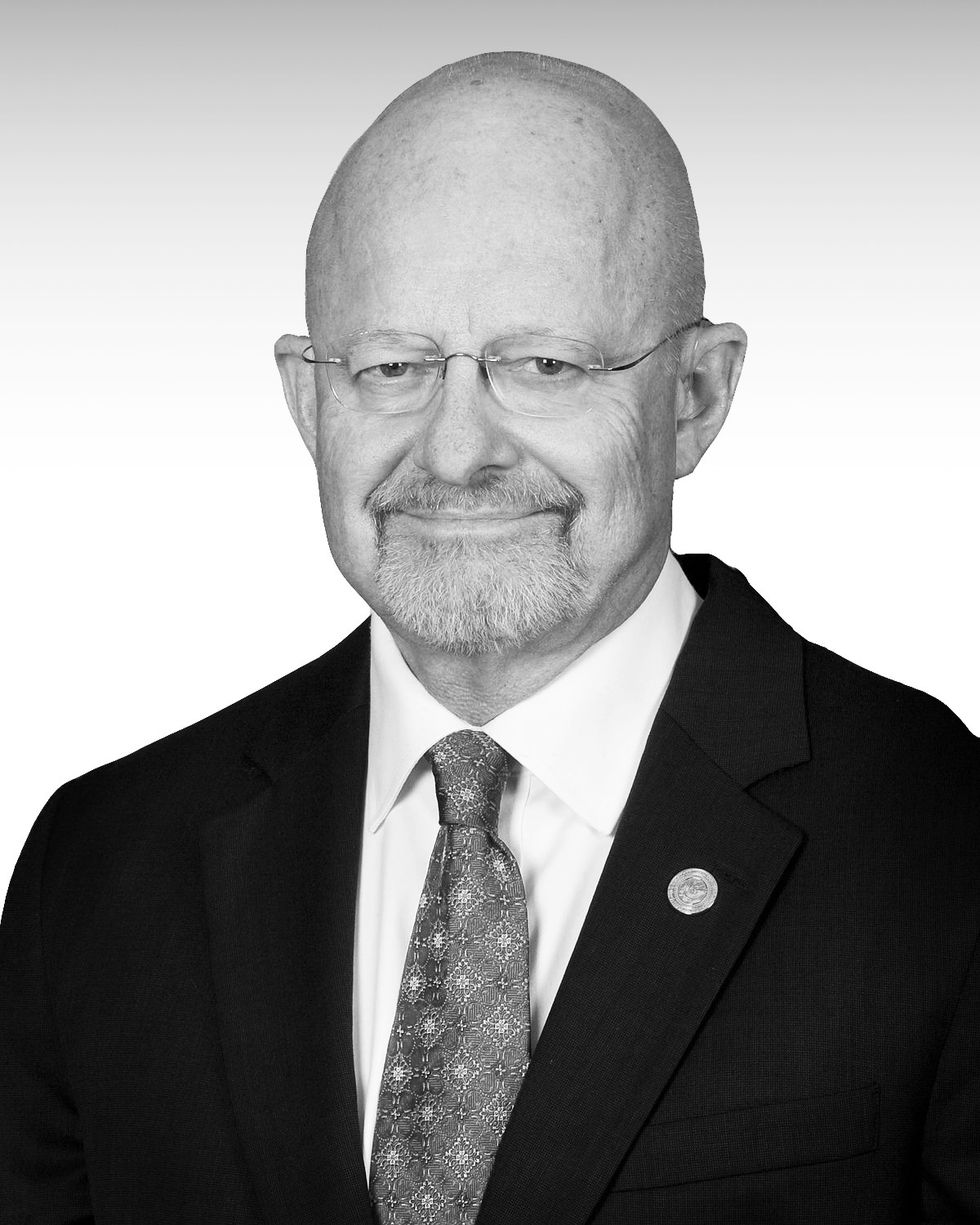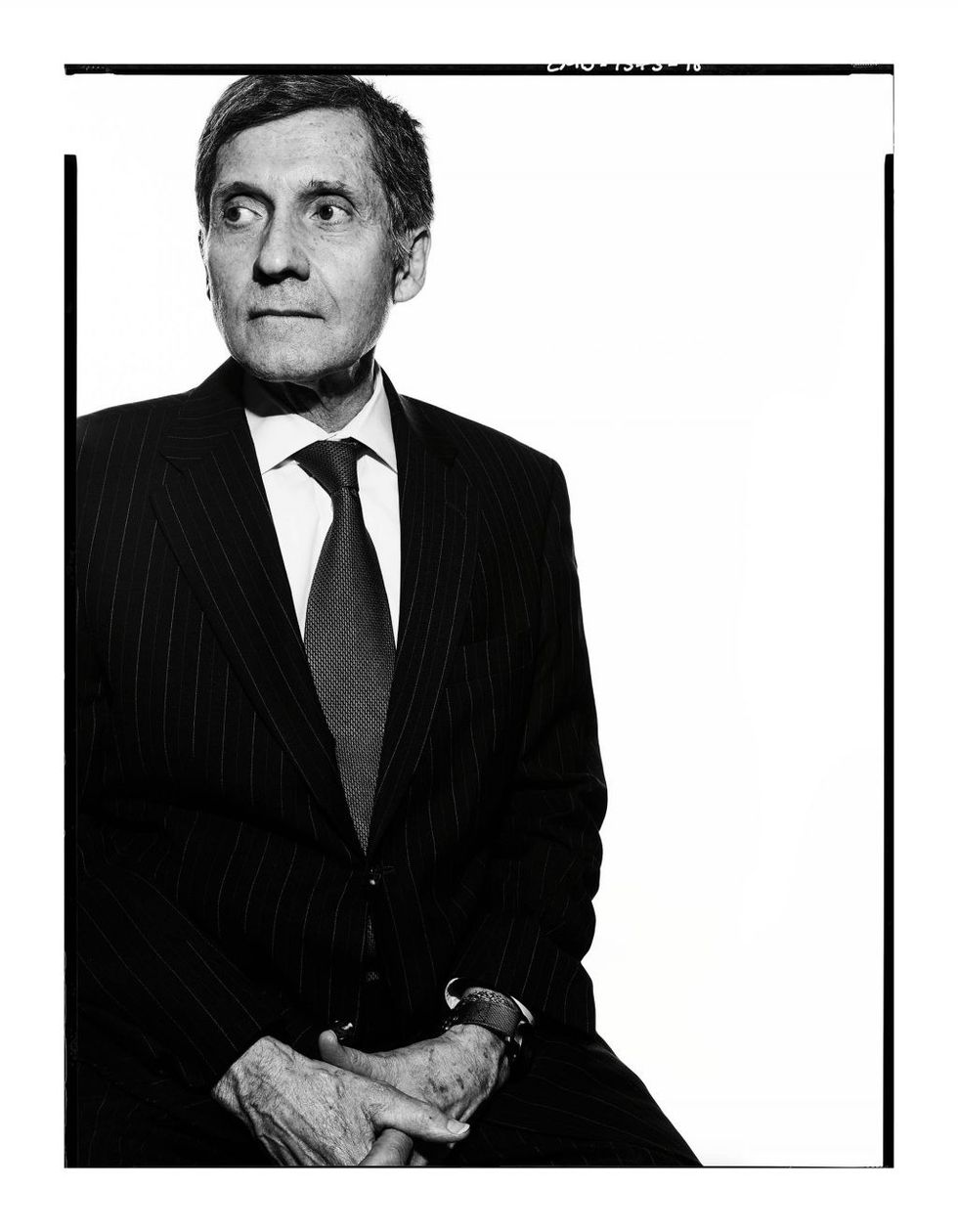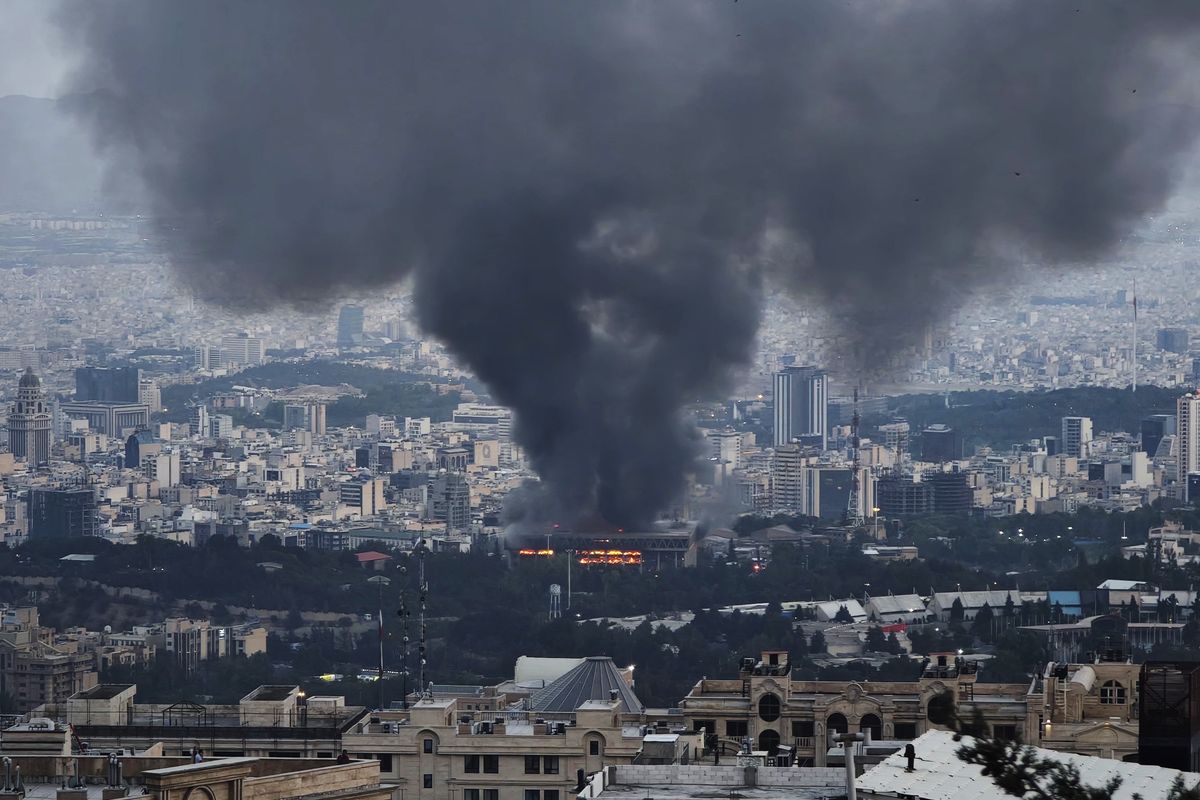North Korea’s party Congress, held earlier this month, offered some insight into what Leader Kim Jong Un is thinking when it comes to the country’s nuclear ambitions with a Biden Administration now in office. Kim told the Eighth Congress of the Korean Workers’ Party (KWP), that no matter who takes power in the United States, North Korea’s nature and policy toward the US will never change.
The US, under Trump, did change its approach to North Korea, offering high-level meetings that gave Kim a win in the eyes of his own people, but the negotiations failed to make progress toward the centerpiece of US policy toward North Korea.
The Question: Given that a multitude of approaches have failed to achieve the goal of getting North Korea to agree to complete, verifiable denuclearization, is it time for the US to consider changing its policy?
Cipher Brief Expert and former Director of National Intelligence, Lt. Gen James Clapper says yes.
“What had a huge impact on me was when I went to North Korea in 2014. I’ve been a student of the peninsula ever since I served there as the Director of Intelligence for US Forces in the mid-80s and followed the peninsula in whatever job I had after that. I was blown away when I got to Pyongyang and started interacting with some high level North Korean officials such as the Minister of State Security, a political four star, and the head of the RGB (North Korea’s version of the GRU), a military four star. I was so struck by the siege mentality- the paranoia that exists solely among the elite in North Korea. My first White House talking point that I was instructed to recite to the North Koreans was, “You must denuclearize before we’ll negotiate with you.” At that time, I had been in the country about five minutes and it was already clear to me that they’re just not going to denuclearize. They saw nuclear weapons as their ticket to survival.”
But Cipher Brief Expert Ambassador Joseph DeTrani, who has served as Special Envoy for Six Party Talks with North Korea, says no way.
“Right now, North Korea is not prepared to completely verifiably denuclearize, but I do think it’s possible that they would be convinced that denuclearization is in their interest because of the deliverables they would be getting. The policy is correct. We had marginal success with the Six Party Talks, the Joint Statement of September 19, 2005, where Kim Jung-il committed to complete verifiable denuclearization.”
Read the brief and then join us for a member’s only debate on Wednesday, January 27th. Members receive registration links via email.
Lt. Gen. James Clapper (Ret.), Former Director of National Intelligence
Lt. Gen. James Clapper (ret.) served from 2010 – 2017 as the Director of National Intelligence. In that position, he led the United States intelligence community and served as the principal intelligence advisor to the President. Previously, Clapper served in two administrations as the Under Secretary of Defense for Intelligence, where he was the principal staff assistant and advisor to the Secretary and Deputy Secretary of Defense on intelligence, counterintelligence, and security matters for the Department. In this capacity, he was also dual-hatted as the Director of Defense Intelligence for DNI.
Ambassador Joseph DeTrani, Former Special Envoy for Six Party Talks with North Korea
Ambassador Joseph DeTrani is former Special envoy for Six Party Talks with North Korea and the U.S. Representative to the Korea Energy Development Organization (KEDO), as well as former CIA director of East Asia Operations. He later served as the Associate Director of National Intelligence and Mission Manager for North Korea and the Director of the National Counter Proliferation Center, while also serving as a Special Adviser to the Director of National Intelligence.
Read Ahead Brief:
Here is a quick summary of the most recent meetings held between former President Donald Trump and Supreme Leader Kim Jong-un, and their outcome.
- June 12, 2018: President Trump and Kim Jong-un met at the Capella hotel in Singapore, marking the first summit between sitting leaders of the two countries. President Trump and Kim Jong-un signed a joint declaration agreeing to “establish new U.S.-DPRK relations,” “build a lasting and stable peace regime on the Korean peninsula,” and recover U.S. POW/MIA remains from the Korean War. Kim also vowed to “work toward complete denuclearization on the Korean peninsula,” and Trump agreed to provide security guarantees for North Korea and cancel upcoming U.S.-South Korean military exercises. Arms Control Association
- After the summit: North Korea did not abandon its nuclear arsenal, and the U.S. maintained sanctions that North Korea viewed as hostile. Reuters
- February 27-28, 2019: President Trump and Kim Jong-un met for their second summit in Hanoi, Vietnam. The summit failed to secure a signed agreement. President Trump and U.S. Secretary of State Mike Pompeo said the U.S. rejected the agreement after North Korea asked for sanctions to be lifted “in their entirety” in exchange for partial denuclearization. In contrast, North Korean Minister of Foreign Affairs Ri Yong Ho announced that North Korea requested only partial removal of sanctions in exchange for North Korea permanently halting nuclear and ballistic missile testing and destroying its Yongbyon nuclear complex. Arms Control Association
- After the summit: The U.S. and South Korea agreed to halt their annual ‘Key Resolve and Foal Eagle’ joint military drills in an effort to deescalate tensions on the Korean peninsula. UN experts reported that North Korea violated UN Security Council resolutions by maintaining its nuclear and ballistic missile programs and evading UN sanctions.
- June 30, 2019: President Trump met Kim Jong-un at the demilitarized zone (DMZ) between North and South Korea, becoming the first sitting U.S. President to set foot in North Korea. The leaders agreed to restart negotiations within a few weeks. Arms Control Association Reuters
- After the meeting - October 4-5, 2019: S. and North Korean officials met in Stockholm, Sweden to continue negotiations, but the sides failed to reach a consensus and canceled the upcoming meeting between President Trump and Kim Jong-un. The Trump Administration expressed interest in reconvening, but North Korean chief negotiator Kim Myong Gil rejected the invitation and accused the U.S. of having an “outdated stance and attitude.” Arms Control Association
Here’s what we know about North Korea’s nuclear program:
- Experts believe that North Korea could have more than sixty nuclear weapons, including successfully tested missiles that could reach the U.S. with a nuclear warhead. Exact estimates are unknown, but experts believe that North Korea maintains between twenty and sixty assembled nuclear weapons. CFR
- As of 2018, U.S. intelligence officials believe that North Korea has enough fissile material for sixty-five weapons and produces enough fissile materials for twelve additional weapons each year, but it is unlikely that all of North Korea’s fissile material is currently in use. CFR
- North Korea maintains the world’s fourth-largest military, with more than 1.2 million military personnel. CFR
- According to the U.S. State Department’s 2019 World Military Expenditures and Arms Transfers, North Korea spends nearly a quarter of its GDP on its military.
- North Korea has successfully tested different missiles, including short-, medium-, intermediate-, and intercontinental- range, and submarine-launched ballistic missiles. CFR
- On January 15, 2021, North Korea unveiled its latest two-stage submarine-launched ballistic missile, presumably called Pugguksong-5, at a Pyongyang military parade. Experts believe it has not been tested. New York Times BBC
- On October 10, 2020, two new weapons were revealed at a military parade:
- North Korea revealed a new ICBM, presumably called Hwasong-16, that is believed to be one of the world’s largest road-mobile, liquid-fueled missiles. It has not been tested, but experts believe it could “carry multiple nuclear warheads or decoys to confuse missile defense systems.” CFR
- North Korea also revealed a new version of a submarine-launched ballistic missile (SLBM), called the Pukguksong-4. It has not been tested yet, but experts believe it “will not have sufficient range to strike Guam, Hawaii or the U.S. West Coast without a vulnerable transit.” 38North
- In November 2017, North Korea successfully tested its most powerful ICBM yet, the Hwasong-15 ICBM, which “has a potential range of 13,000 km and, if fired on a flatter trajectory, could reach anywhere on the U.S. mainland.” CFR
- Since Kim Jong-un took office in 2011, North Korea has launched 114 missile tests and detonated nuclear weapons in February 2013, January and September 2016, and September 2017. CFR
- On May 14, 2017, North Korea completed a successful test launch of the Hwasong-12, a single-staged, liquid-fueled intermediate-range ballistic missile. CSIS’s Missile Defense Project records the missile’s range at 4,500 km, putting the U.S. territory of Guam within reach. CSIS
Bring your questions and join us for this timely debate on Wednesday, January 27. Members receive registration links via email.
Cipher Brief Researcher Lindsay Tryba, an MA student of International Security at the Josef Korbel School of International Studies at the University of Denver, contributed to this report.
Read more expert-driven national security insights, perspective and analysis in The Cipher Brief













